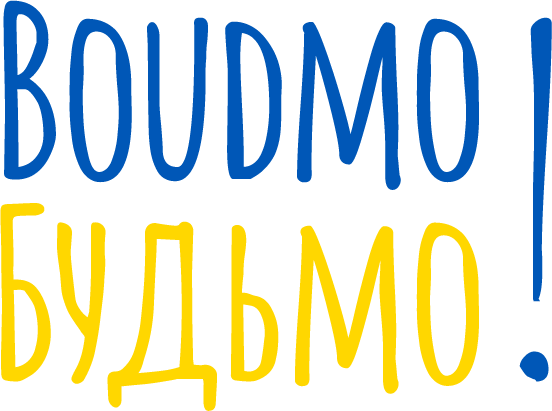Emmanuel Smague
Chernobyl 2009
The moon is green...
Coming back to France I wonder which destination requires more courage: going to the suburbs of Chernobyl twenty-three years after the shock or living in the most nuclearized country in the world (by the way)? Before leaving I had, more or less like everyone else, the intuition that it was about going to the moon. The reality is obviously quite different, even though I persisted, for a time, in focusing on the crutches, the shady kids, the grazing cows, the suitors of communism, the cesium vegetables and the water from the well. The shadow of Chernobyl must have hovered everywhere. I calmed down. It's both worse and very peaceful.
Volodarka is a town of three hundred inhabitants, spared from the washing away of the cloud: the radioactive background noise is less than in Brittany. People welcome us or look at us askance, drink a lot, fall in love, move us, feed us, get us drunk from time to time. The normal life of the human species (this one gets up early and doesn't lack heart).
The problem is elsewhere. In the north, in Belarus, in territories that finance has not deigned to close. To the north, twenty kilometers from Volodarka, in forests that the police do not have the means to seal off. And in my experience, this is where the shadow of Chernobyl takes its strange turn. The sarcophagus is forty kilometers to the east, the dosimeter indicates in its binary language that the ground irradiates between ten and one hundred times the natural dose (significant, but without direct danger with a mask, boots, gloves), the plant is in poor health (difficult to say otherwise). And then, in a clearing, another village. All dry. And another. Houses blown up like eggs, from the inside. In those where curtains remain, it is difficult to dare to enter. The sky is a dense blue. Birds rule. Trees colonize the road. No engine noise. The species has moved. We are intruders. We are on the moon and it is green.
Text by Pascal Rueff (extract from Les Fleurs de Tchernobyl) - text cited in 2012 at the Pluie d'Images Festival in Brest
About the Author
Emmanuel Smague is more “old school” than “high tech”. The tools of his trade: a Leica MP, a lens and piles of film. “I always look for proximity to my subjects, which is why I only use a 35mm lens.” His camera gives him a pretext to go meet them and he will choose his destinations with a photographic project in mind: the Trans-Siberian railway, the nomads of Mongolia, the ragpickers of Cairo, the inhabitants of Chernobyl, the prostitutes of Bangladesh....










